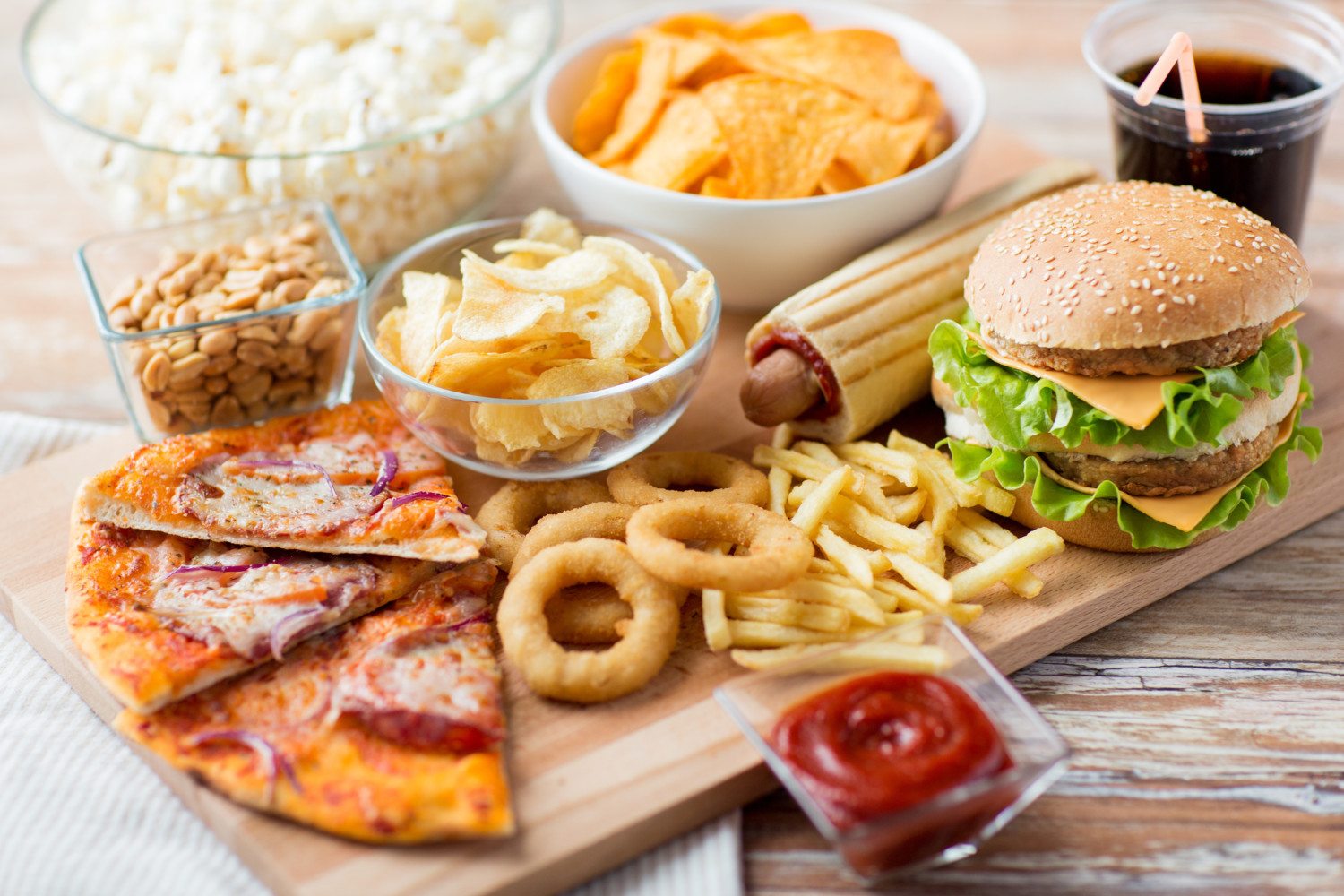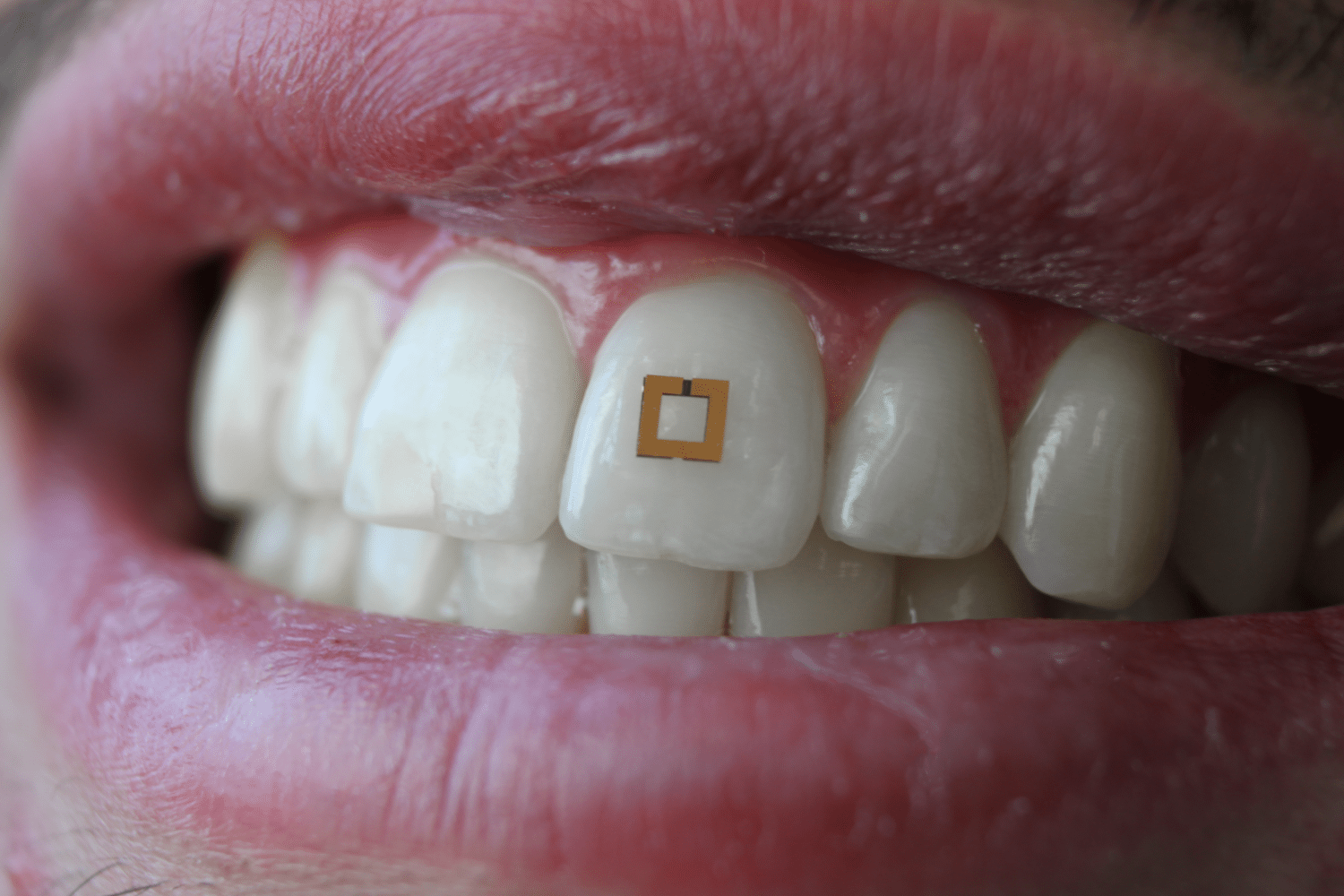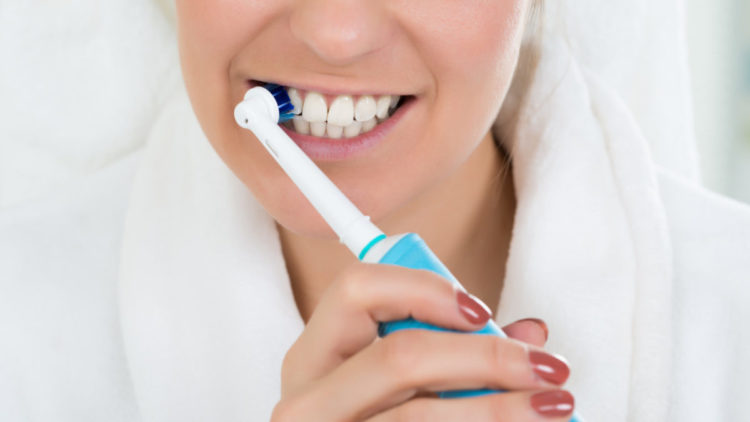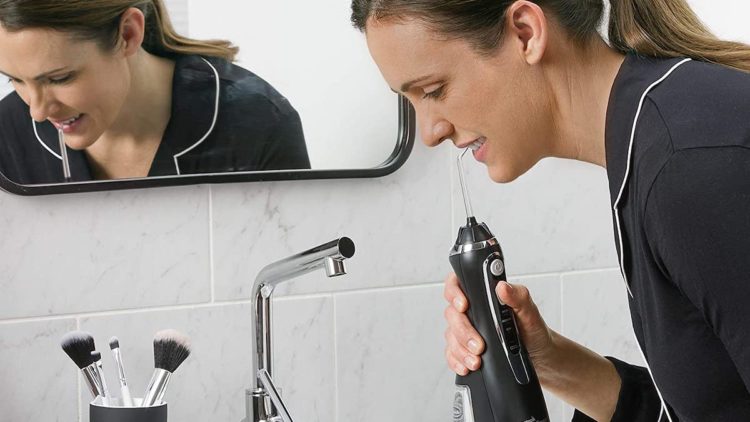This Sensor That Goes On Your Teeth Can Track What You Eat
There’s a high-tech tracker for just about everything. We know up-to-the-minute insights about sleep, stress levels, steps, heart rate and more. Still, we’re not able to automatically know all the stats about what we’re eating. Keeping a food journal or logging meals in mobile apps has been the best way to understand and track eating habits — until now, that is.
Soon, there will be a sensor that can track every morsel that passes through your lips. There’s no cheating this one. Even if you fail to measure and record your snacks, it will know if you had something salty or sweet.
Researchers at the Tufts University School of Engineering have developed a tiny, high-tech sensor that mounts on a tooth and communicates wirelessly with a mobile device. The tiny tooth sensor transmits information on glucose, salt and alcohol intake via radiofrequency wavelengths.
This device is a vast improvement on previous iterations that monitored eating habits. Some required a cumbersome mouth guard, had bulky wiring or degraded rapidly. This new sensor is flexible and only 2 millimeters by 2 millimeters. It acts as an antenna with three layers: one is the bioresponsive core that absorbs your food, while the other two outer layers are gold, square-shaped rings.

The sensor emits radiofrequency wavelengths in real time. When the sensor absorbs different nutrients, the radiofrequency wavelengths change. In addition to sensing chemicals from food, it can also detect chemicals related to stress and other psychological states. At this time, the sensor detects the presence but not the amount of specific nutrients, so it’s not quite a diet tracker.
But, the future is very bright for this technology. Researchers predict similar sensors could detect a wider range of nutrients, chemicals and even psychological states.
“We have extended common RFID [radiofrequency ID] technology to a sensor package that can dynamically read and transmit information on its environment, whether it is affixed to a tooth, to skin or any other surface,” shared Fiorenzo Omenetto, an engineering professor at Tufts who helped design the sensor.
The paper detailing all their research so far was recently published in the journal Advanced Materials, if you want to learn more. Product development for the sensor will likely take a few more years. As a result, you’ll have to continue counting calories and carbs the old fashioned way a little bit longer.






